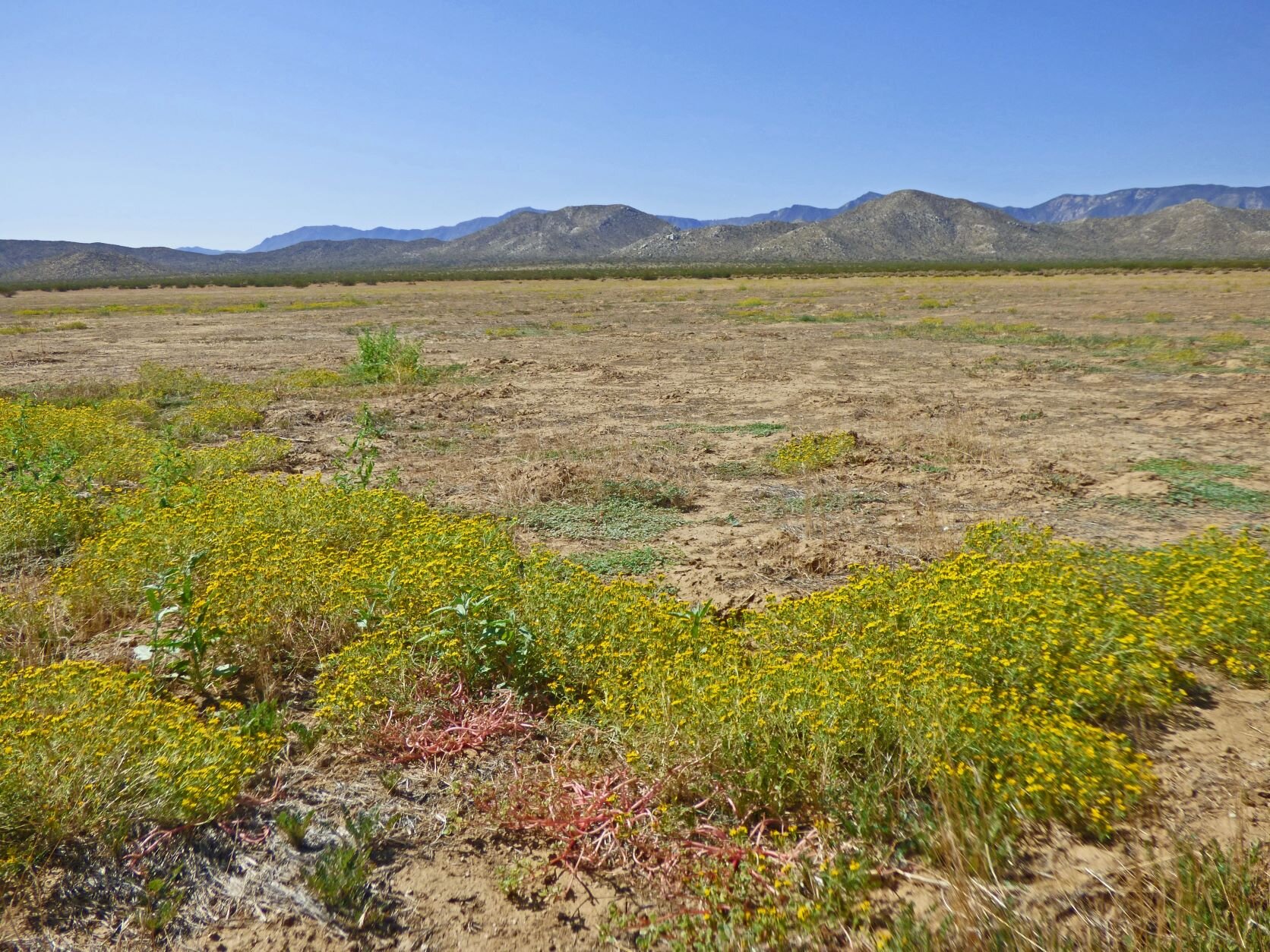By Frank Landis, Conservation Committee Chair
The funding requests are unending, but PLEASE contribute to the Endangered Habitats League (https://ehleague.org/donate.html) or Chaparral Institute (https://charity.gofundme.com/o/en/campaign/save-10-million-acres-of-california-habitat) to fund their lawsuit against CalFire’s Vegetation Treatment Program (VTP). I’ll discuss in detail below why this is such a terrible program and why CNPS is not in the litigation. The critical point is that every environmental group is stretched on funding litigation. If we want them to win battles for you, it’s time to donate. It’s safe to say that they and other groups litigating on environmental issues are getting substantially more of my money than CNPS is.
Now let me explain why this happened. This is from my viewpoint and others will disagree. I’ve got an odd view on relationships, due to my doctoral work on symbioses. When two organisms get together in a close working relationship—mycorrhizae, for example, or mutualistic bacteria—one of the essential features for both partners to cooperate with each other is that each side can effectively punish the other side for attempting to take advantage of them. You may have seen the mathematical version of this, known as “tit for tat.” It may seem paradoxical at first, but extremely successful cooperative relationships in a huge variety of systems are built on enforceable penalties for bad behavior.
Humans, to oversimplify, tend to default to primate dominance structures, where we appease the silverbacks above us in return (hopefully!) for fair treatment. Note there’s no reciprocal penalties here. This often plays out in political access. A politician or bureaucrat might give someone, say an officer in a non-profit, a seat at the table, where they’re listened to and given tasks to perform. In return for continued access, they often prefer to appease rather than oppose.





